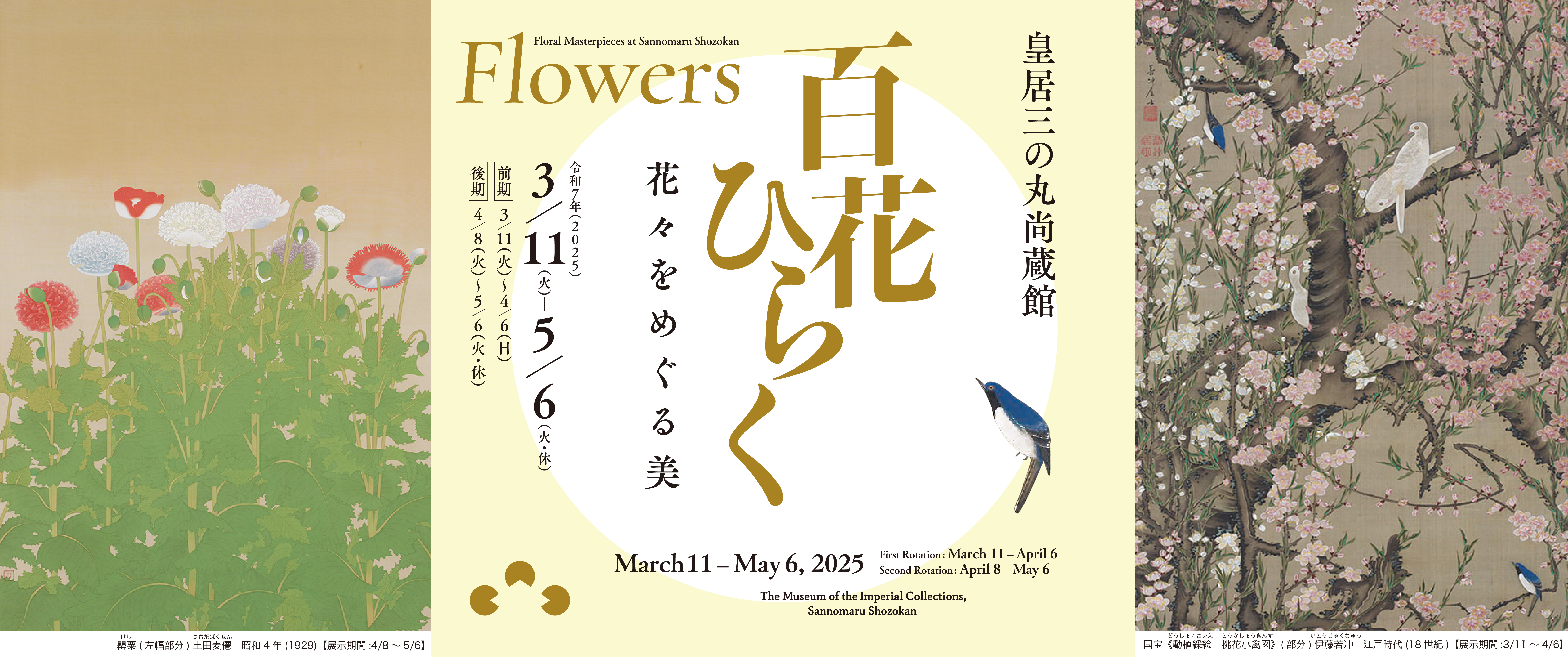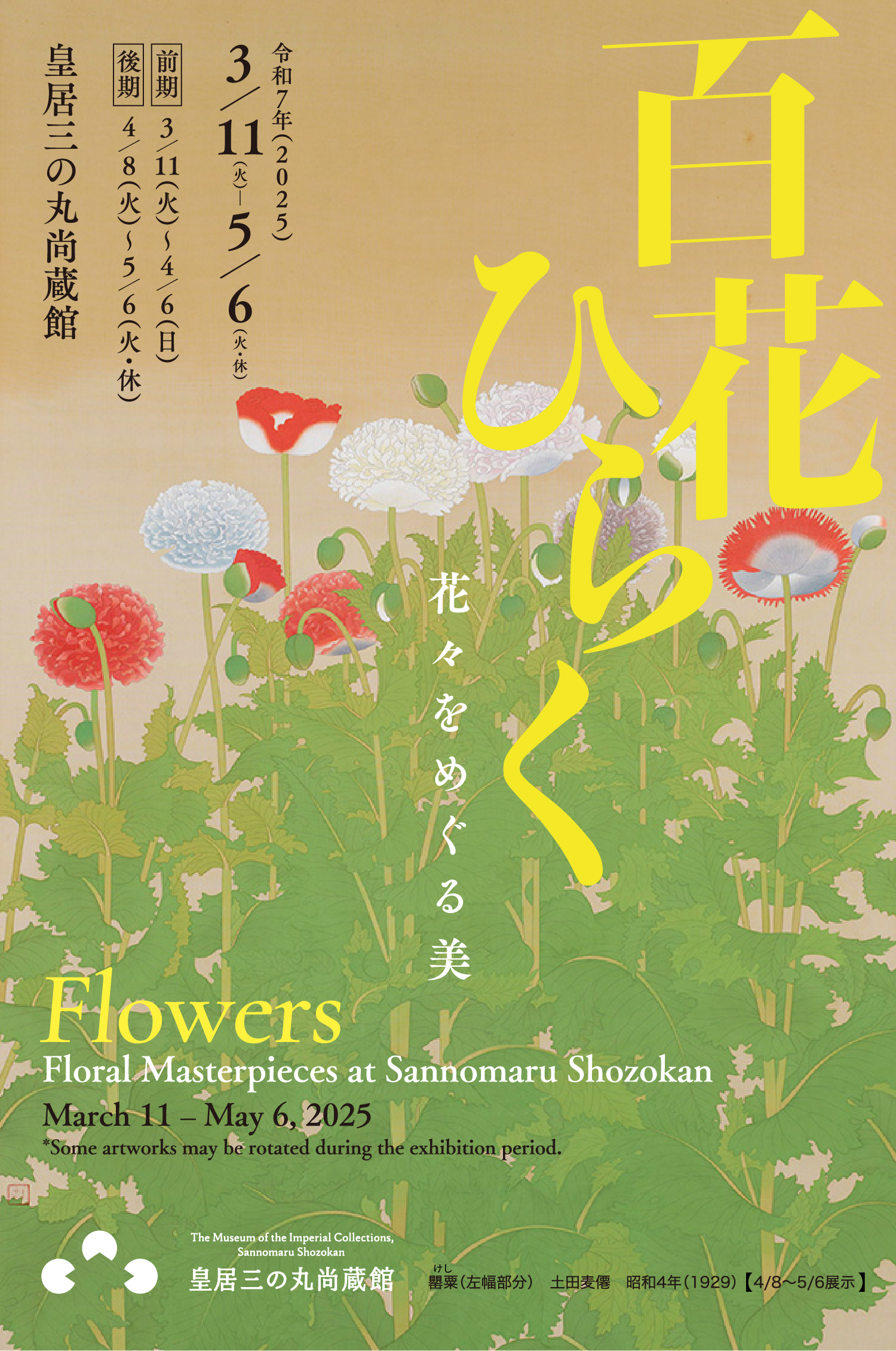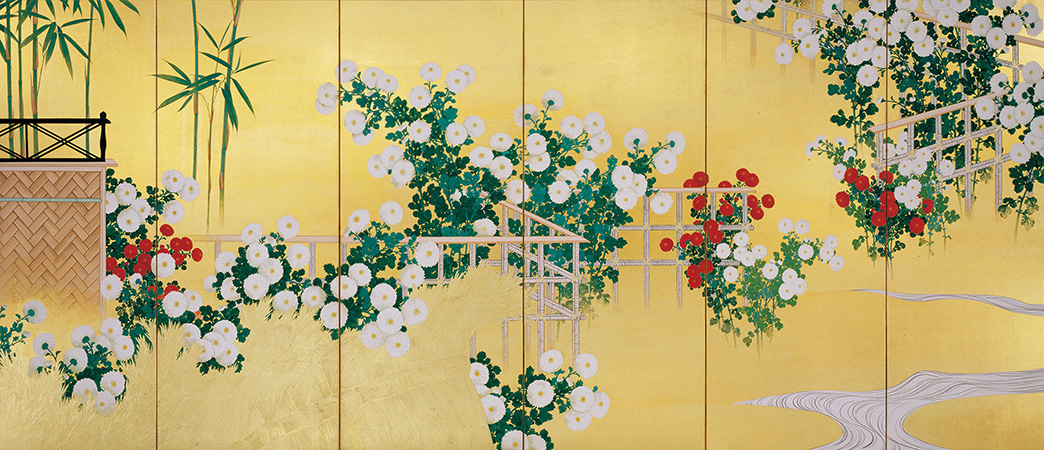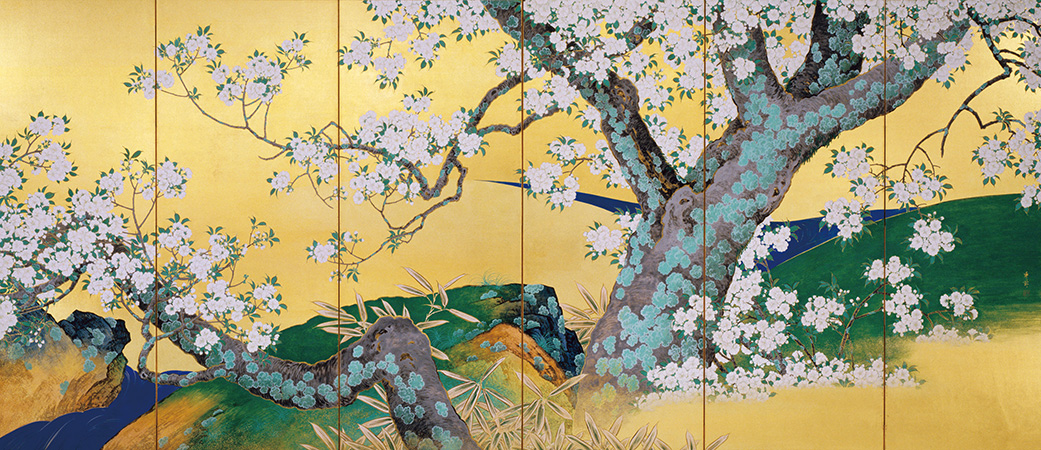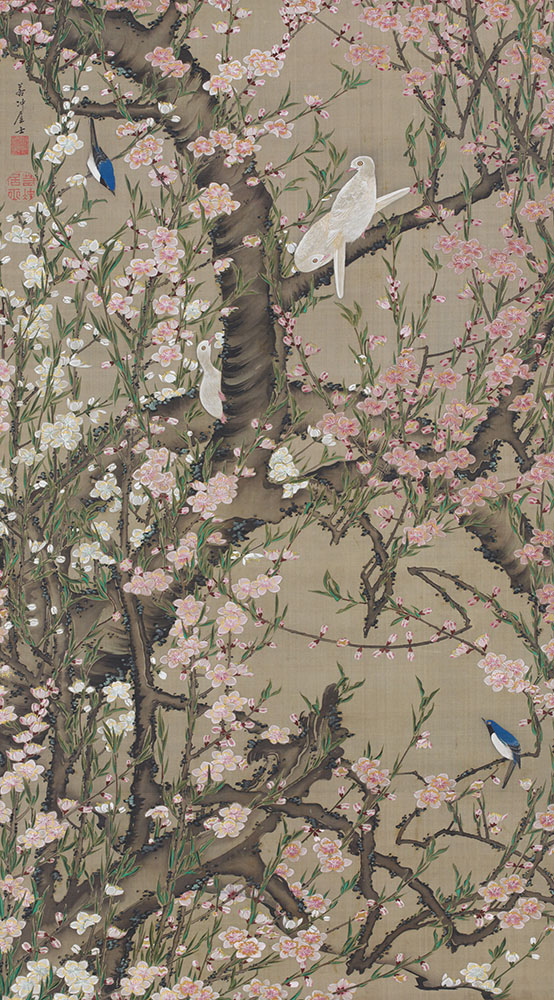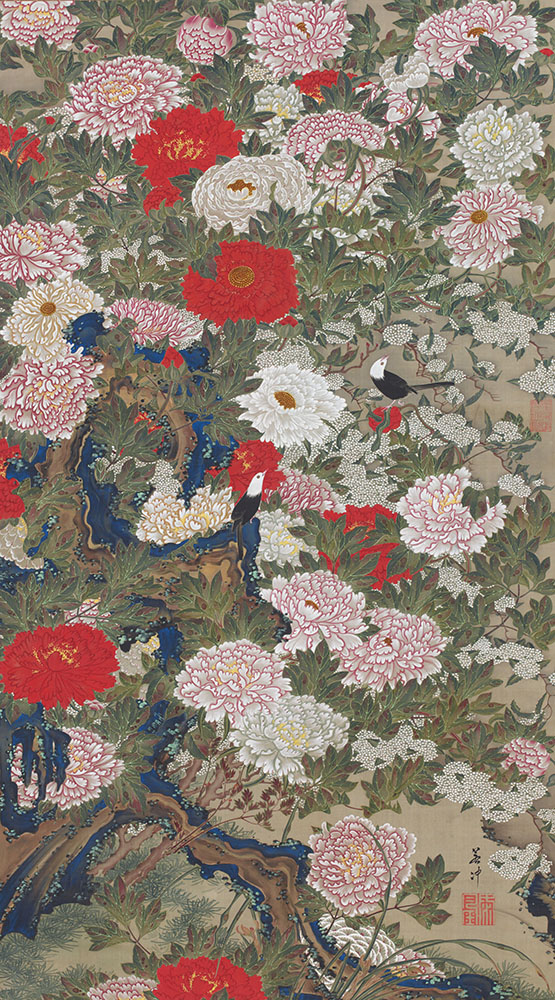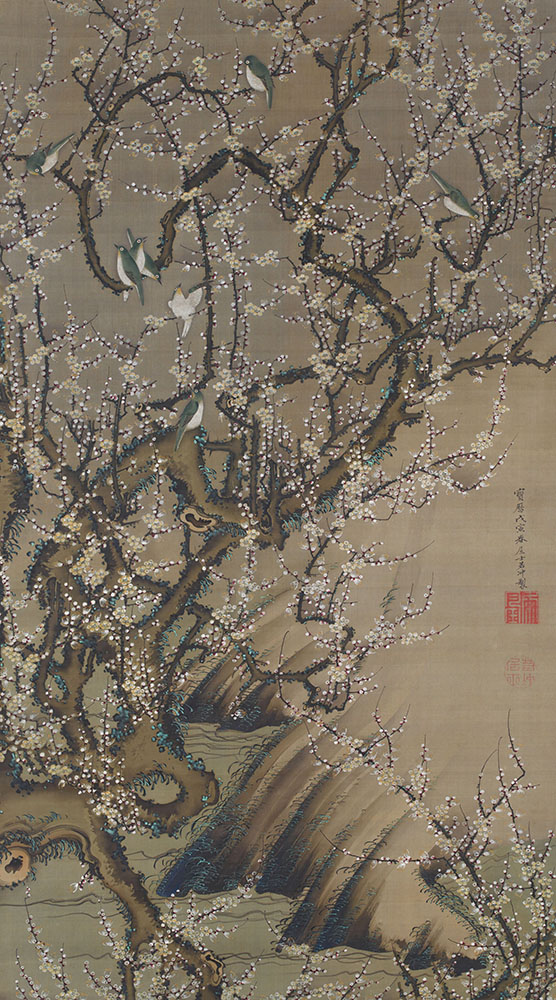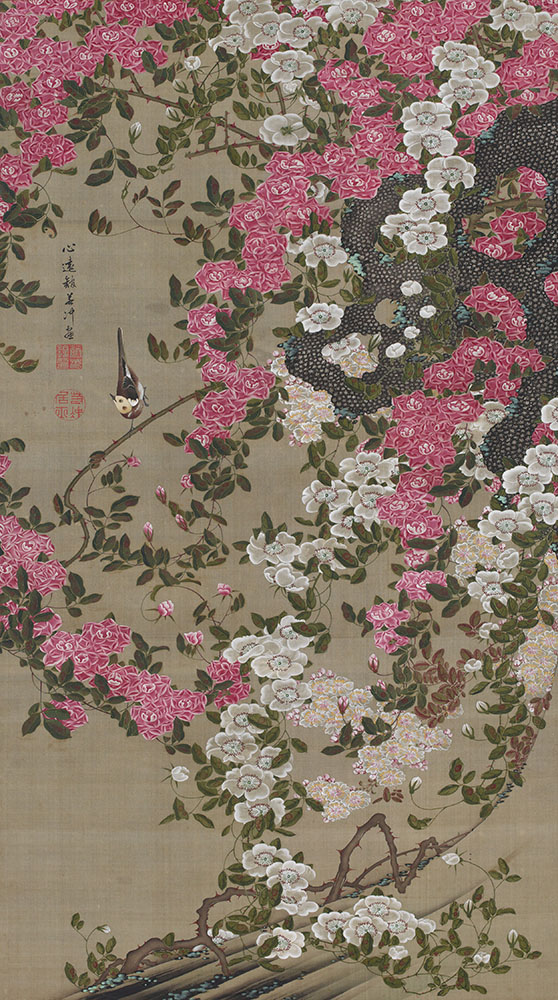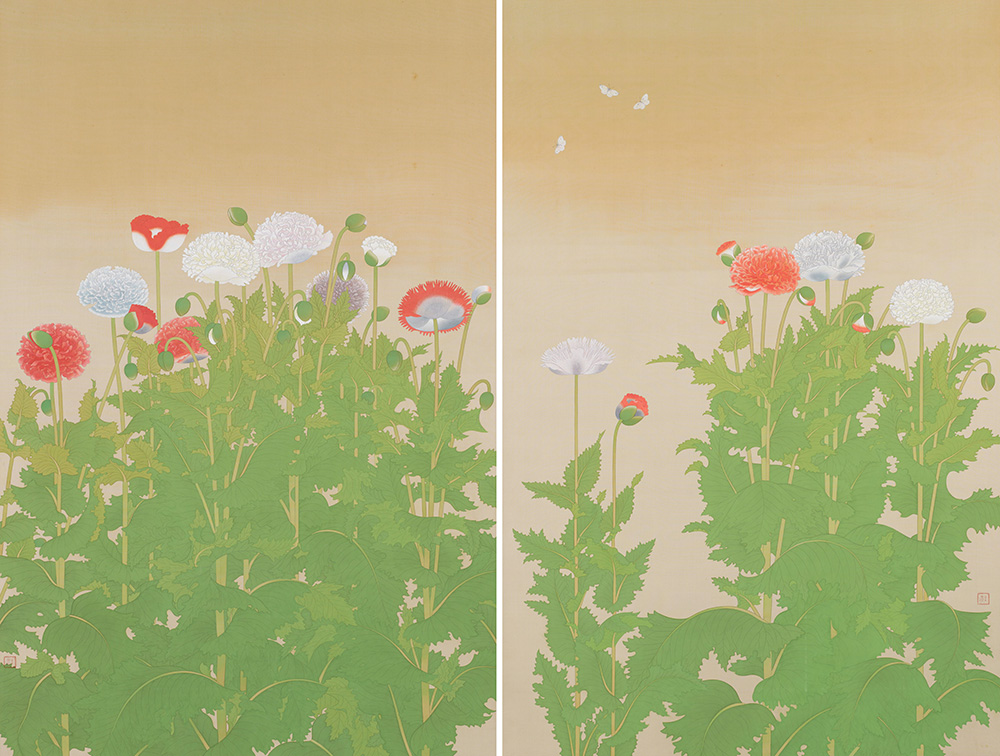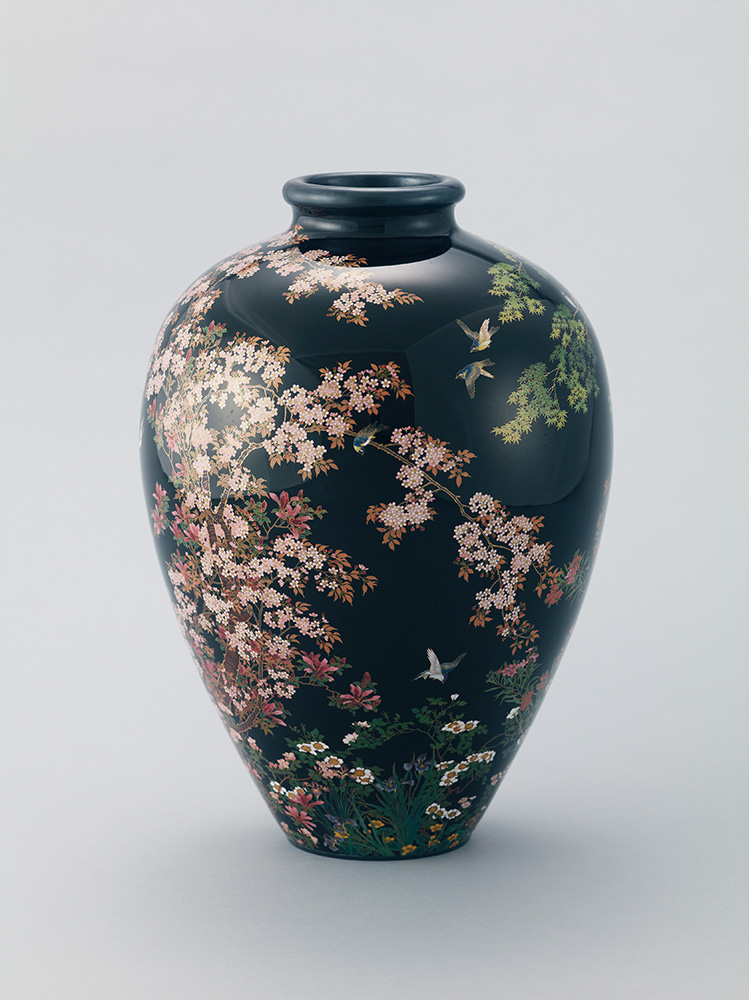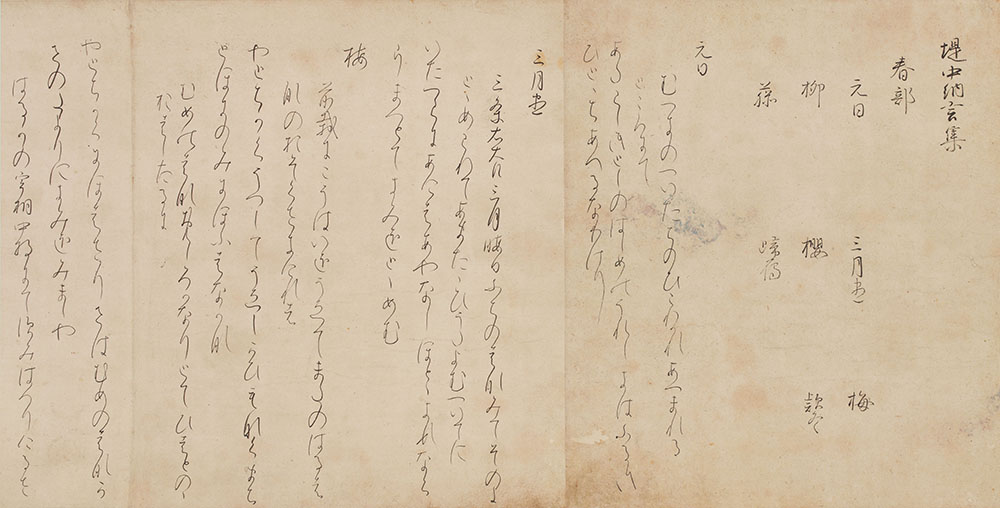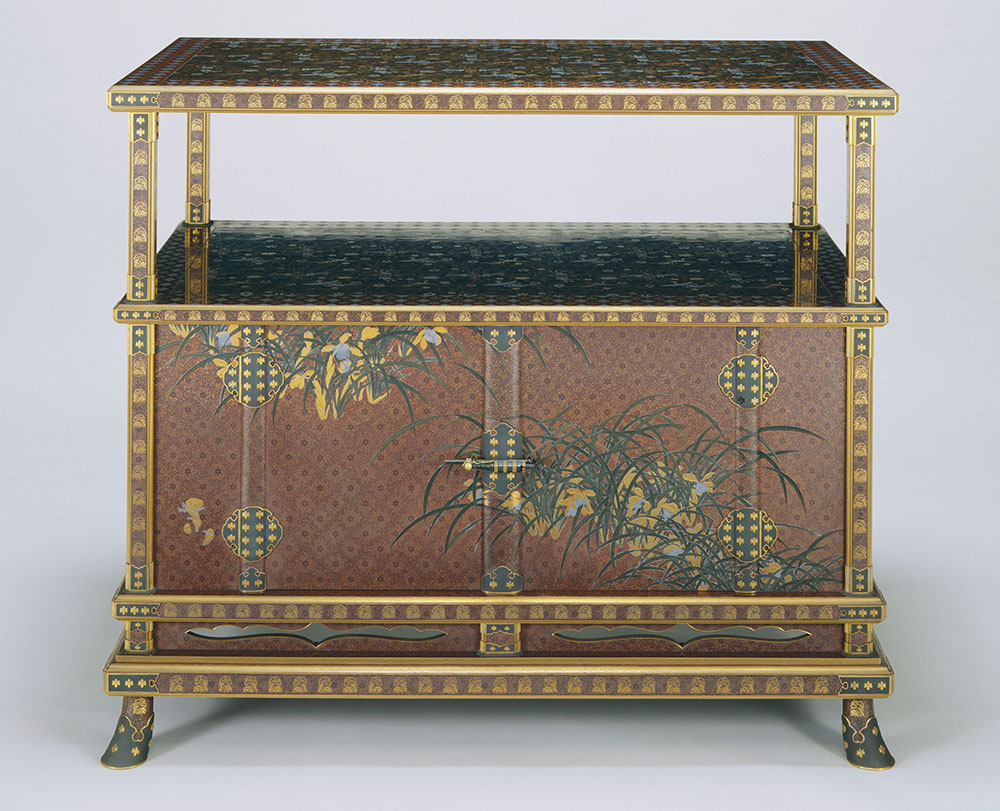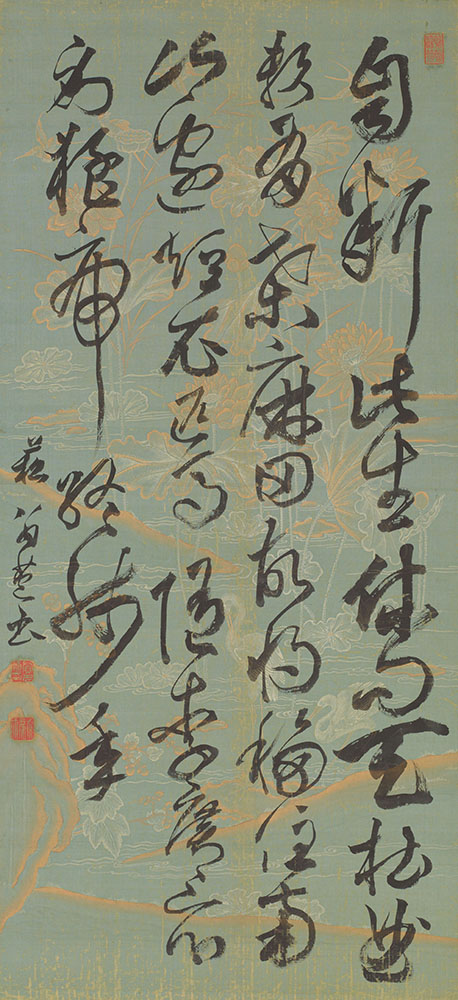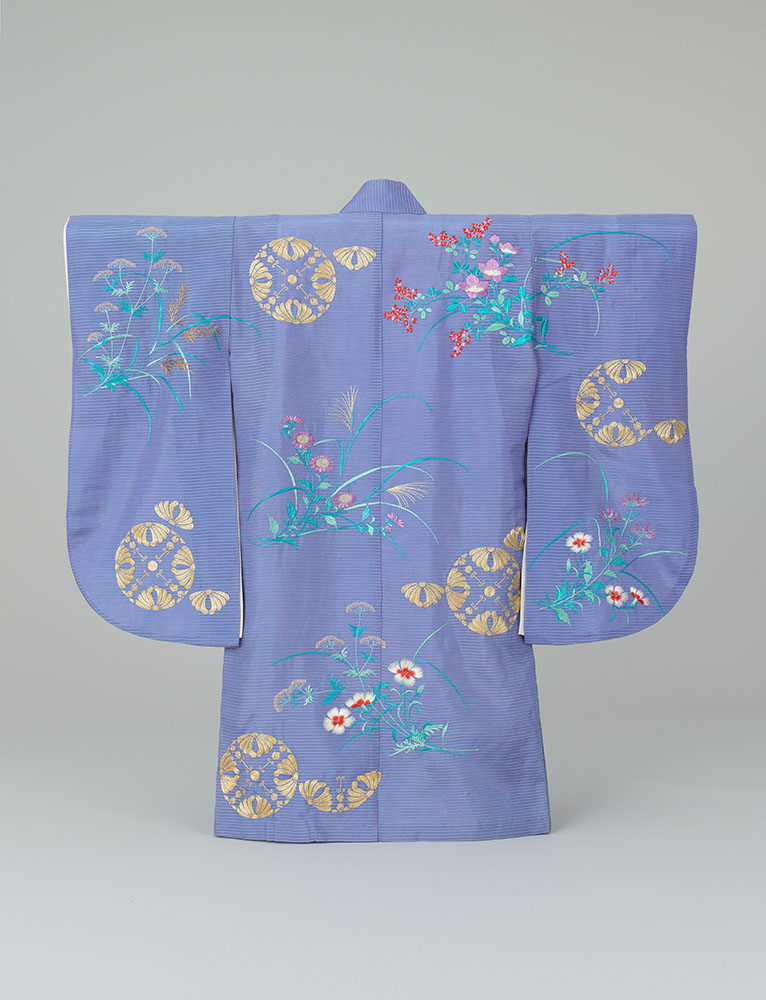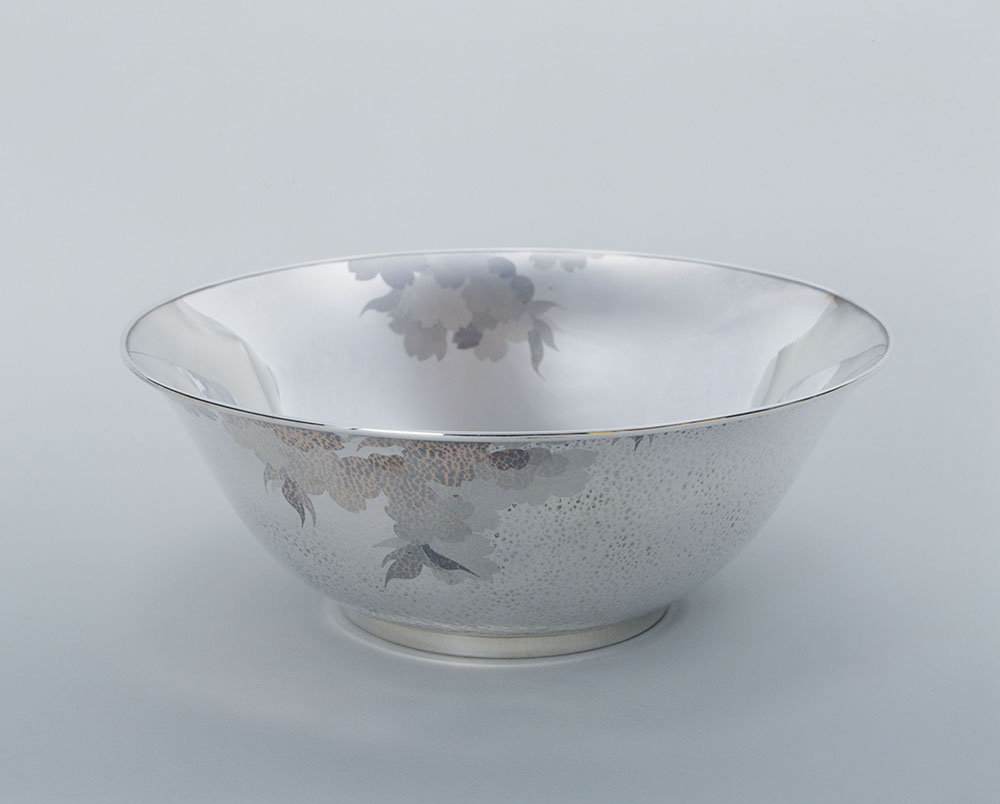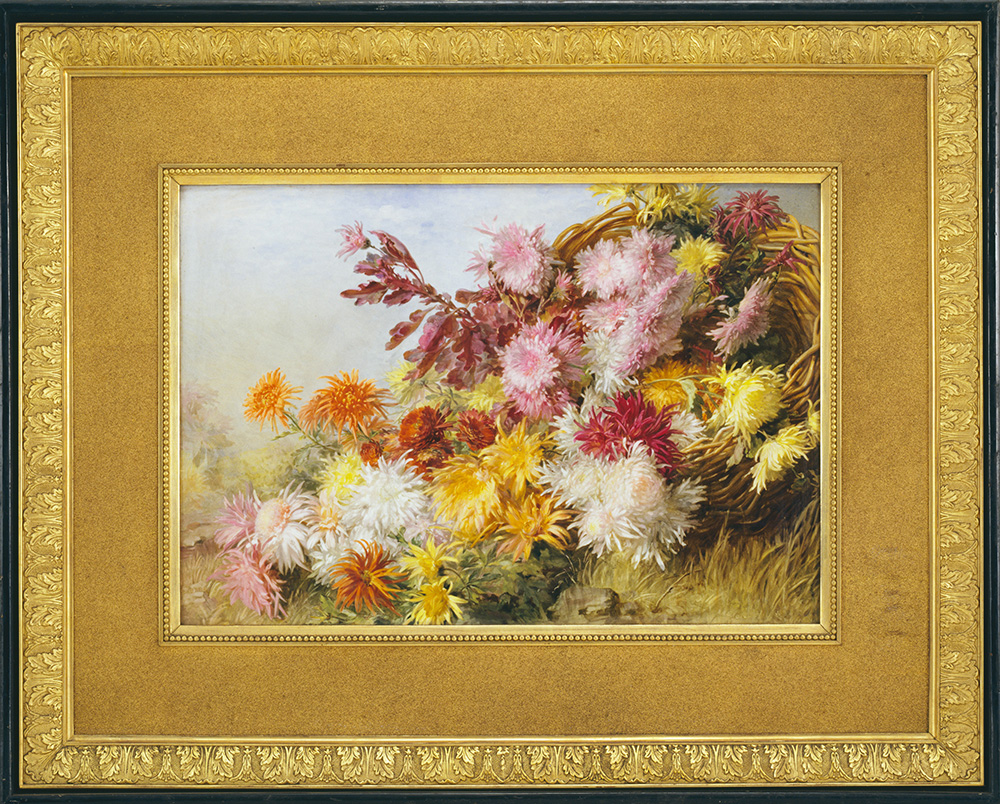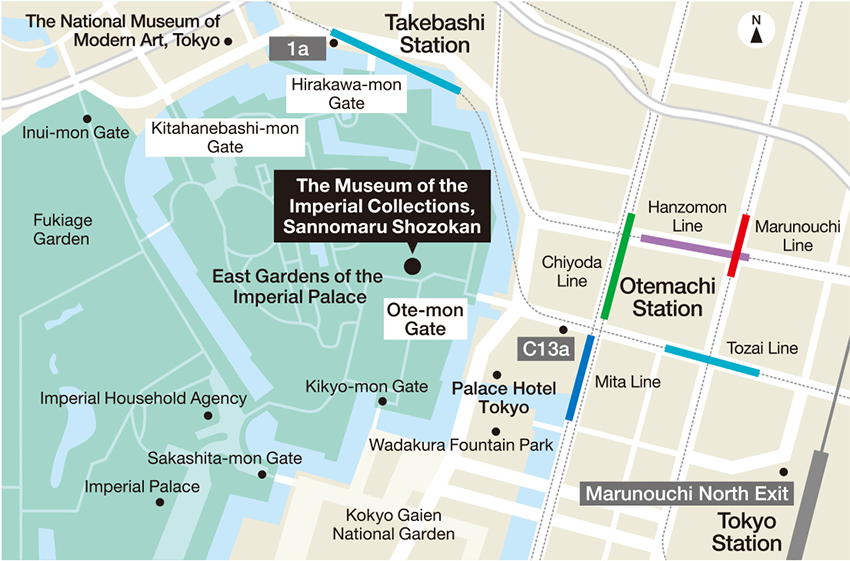Getting Here
The Museum of the Imperial Collections, Sannomaru Shozokan
1-8 Chiyoda, Chiyoda-ku, Tokyo, 100-0001 (in the East Gardens of the Imperial Palace)
Ote-mon Gate >>>
Subway Lines: 5-minute walk from Otemachi Station
(Exit C13a)
JR Lines: 15-minute walk from Tokyo Station
(Marunouchi North Exit)
Other Entrance Gates
◎Hirakawa-mon Gate >>>
Subway Tozai Line: 10-minute walk from Takebashi Station
(Exit 1a)
◎ Kitahanebashi-mon Gate >>>
Subway Tozai Line: 15-minute walk from Takebashi Station
(Exit 1a)
*Hirakawa-mon Gate and Kitahanebashi-mon Gate are closed on Fridays and when the East Gardens of the Imperial Palace are closed.
*Bags are subject to a security screening. Please allow for extra time when planning your visit.
About the Museum
In 1989, His Majesty the Emperor Emeritus and His mother Empress Kojun gifted a substantial collection of art to the nation of Japan that had previously been passed down by the Imperial Family. In November 1993, the Museum of the Imperial Collections was established in the East Gardens of the Imperial Palace in order to conserve these works, discover more about them through research, and make them accessible to the public.
The Museum’s collection spans diverse genres, including calligraphy, painting, and decorative arts. Visitors can view many iconic, celebrated works from each period of Japan’s history as well as pieces from around the world that have been gifted to members of the Imperial Family.
Since 2019, construction has been underway to expand the Museum’s storage and exhibition spaces. In 2023, the Museum partially reopened, while its administration was transferred from the Imperial Household Agency to the National Institutes for Cultural Heritage. The Museum will be temporarily closed after this exhibition until a full reopening, which is planned for autumn 2026.
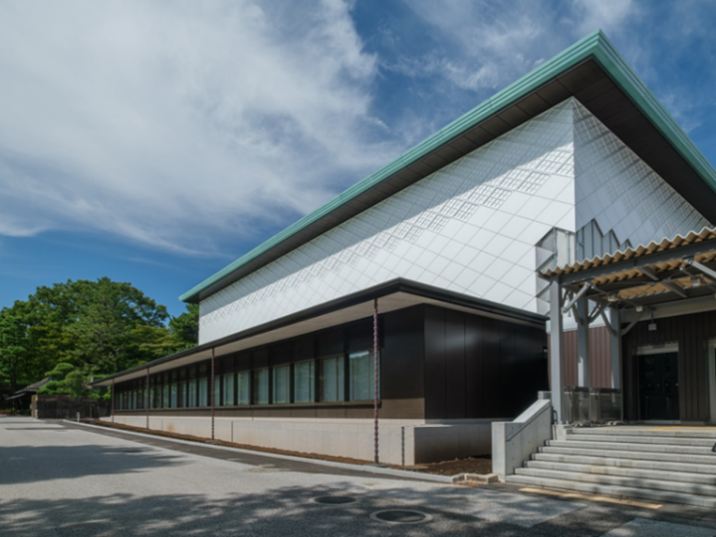
The Museum exterior
For the latest information, please visit the Museum website or
call at +81 (0)50-5541-8600 (NTT Hello Dial Service).



